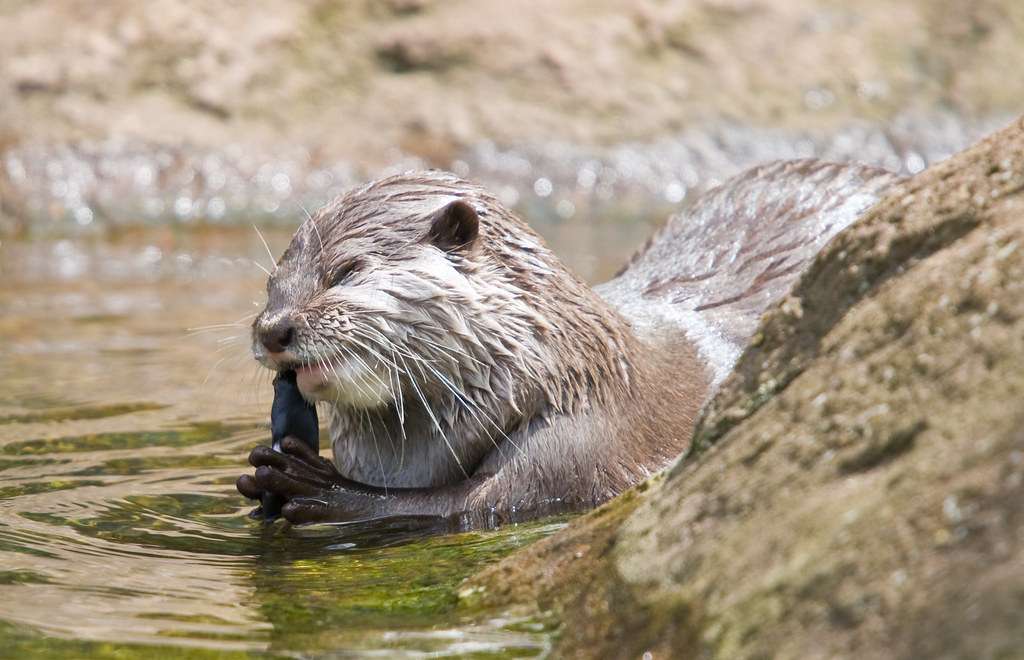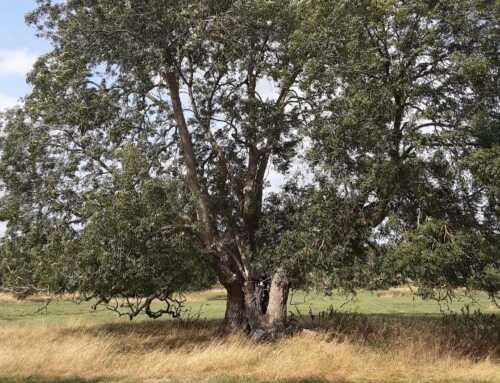A Conservation Comeback: The Return of the Eurasian Otter
By Rachel Crapper, Assistant Ecological Consultant
The Eurasian otter is the apex predator of the UK’s freshwater ecosystems. As opportunistic carnivores, they primarily feed on fish but will also eat crustaceans, frogs, molluscs and even small water birds. Otters require a mix of good quality water sources in close proximity to terrestrial habitats, making rivers, lakes and coastal regions ideal habitats.
Otters give birth to cubs in underground burrows called “holts” which they build along clean rivers with abundant food sources and plenty of vegetation to conceal the holts. Despite facing near extinction in England and Wales, otters have managed to thrive in Scotland’s coastal regions and wild moorlands. While rare, they are still widespread in small, scattered populations in England and Wales.
Ecological Importance of Otters
As apex predators, otters are crucial for maintaining healthy aquatic conditions. Otters help to control populations of fish, preventing overpopulation and promoting a balanced ecosystem, with more opportunities for aquatic plants and insect life. This species is a good indicator of a healthy ecosystem as their survival is dependent on clean water with abundant populations of prey and diverse riparian habitat.


Conservation Status and Recovery
The Eurasian otter faced severe population decrease throughout Europe and the UK during the 20th century due to a range of factors including pollution, changing habitats, road traffic mortality and climate change. However, due to conservation efforts, their numbers are slowly increasing.
Eurasian otters are now protected under the Habitats Directive 2010 and Wildlife and Countryside Act 1981 which is crucial to prevent declining numbers. Organisations, such as The Wildlife Trust, have led various habitat restoration programmes targeting otter recovery. Programmes such as The Vincent Wildlife Trust have played a great role in reintroducing otters to England and Wales where populations have become scarcer. Public education programmes have also helped shift perceptions of otters from pests to vital parts of aquatic ecosystems.
Although otter populations have recovered well in many areas in the UK, this species is still classified as Near Threatened by the International Union for the Conservation of Nature which highlights that continued conservation efforts are needed to ensure their long-term survival.


Monitoring and Surveying Otter Populations
At Nicholsons, we carry out walkover surveys where our ecologists search for otter signs such as faeces (spraints), footprints, holts, feeding remains and resting perches along riverbanks and waterbodies. Camera traps can also be deployed to capture otter activity, offering a more comprehensive understanding of their behaviour and habitat use.
If you suspect otters may be on your property, please do get in contact with our ecology team on 01869 340342.





